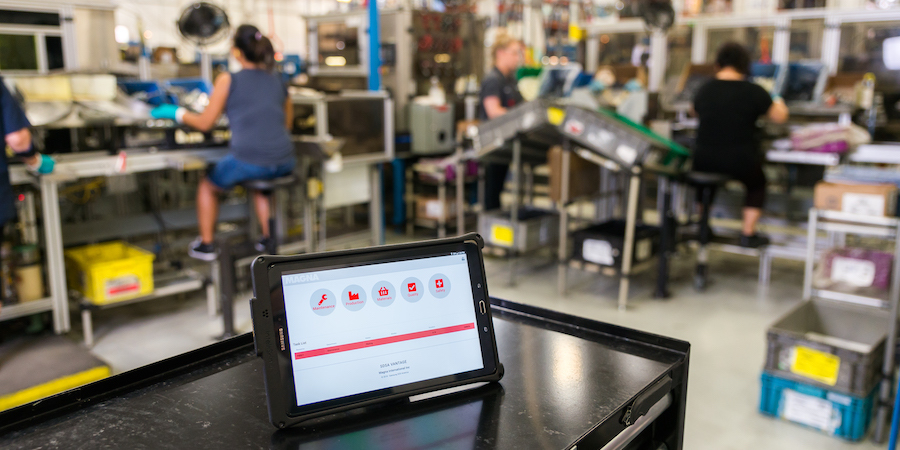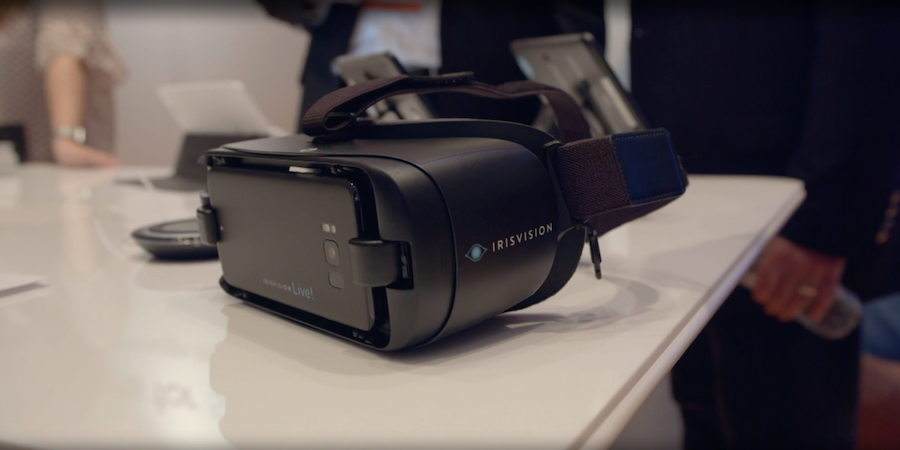In the search for the new computing paradigm, virtual reality has been the technology grabbing all the attention. However, for many people who are looking to shape our computing future, it’s augmented reality (AR) that holds the bigger potential. To date, augmented reality trends have been focused on consumer apps, but now businesses are beginning to see the promise of this technology.
Augmented reality adds digital intelligence to the real world. Whereas virtual reality immerses users completely in a digital world, augmented reality allows them to remain grounded in the real world while using image analysis to overlay additional information. This technique has already been used in a range of consumer-focused apps such as Pokémon Go — which brought AR to a mainstream audience — as well as instant translation apps and recommendation apps.
Technological Advancements
Advances in augmented reality have been facilitated by the rapid advances in smartphone technology, utilizing increasingly powerful cameras as well as high-powered processors, which can carry out image analysis on the fly. For example, Samsung Galaxy S8 incorporates vision intelligence technology that allows users to instantly shop for any product they see or get contextual information just by holding their phone up to landmarks around them. By building AR capabilities directly into the cameras we use every day, we’re seeing augmented reality trends accelerate at a pace never seen before.
In addition to smartphones, smartglasses are also used as a way of delivering an augmented reality experience, overlaying digital information across the real world as you navigate your daily life. While such efforts are still very much in their infancy, it’s clear that in the future, our view of the real world will increasingly be augmented by information from the digital world.
The Rise of IoT and Augmented Reality
Technology trends such as AR are set to dramatically transform business operations. Download Now
Business Use Cases
With virtual reality now being used as a business tool, enterprises are looking to jump on augmented reality trends and leverage the technology to boost productivity and improve customer services. For employees, augmented reality technology means new workflows. Employee training will be among the areas where the biggest change will be seen. According to Forbes, businesses will now be able to train employees in how to deal with everything from difficult customers to potentially dangerous situations, all by using AR technology to put workers in real-world situations. In addition to improving employee performance, using AR in this manner in the workplace can save businesses time and money by speeding up the training process, and give them an advantage over their competitors. Here are some other examples of companies using augmented reality to enhance their workflow and boost customer service.
- Construction: In an industry where visualizing what you’re building is so important, augmented reality can play a vital role. The wearable technology company DAQRI is using AR to change how the construction industry works. DAQRI’s primary products are smart helmets designed for construction sites that enable builders to view blueprints in 3D, superimposed on the building sites, and allow tradespeople to see and understand their tasks more clearly. AR will also allow designers to collaborate on projects remotely, letting everyone experience the changes one person makes to a 3D model of the building they’re working on without needing to be in the same room.
- Retail: With the advent of the internet over two decades ago, we’ve slowly seen many people swapping the mall for online retailers. However, one of the biggest drawbacks of the e-commerce revolution has been the fact that customers simply haven’t been able to tell how items such as shoes or clothes look on them until they’re delivered. That is now all changing with the use of image analysis and augmented reality apps such as Pictofit, which allow customers to see how a clothing item looks before deciding to purchase.
- Education: Teachers and educators are always looking for new ways to engage their students, and augmented reality could be the perfect tool. Textbooks can be dull and boring for many students, but by using platforms like Augment, students and teachers can visualize 3D models in the environment, in real time, and bring any subject to life. Augment is just one of dozens of apps available for the education sector covering topics including math, geography and science.
As we’ve seen, augmented reality applications for business are only just beginning. In the future, it’s likely that all aspects of our work lives will be impacted by AR. It will allow employees to enhance their surroundings with digital content relevant to the job they’re doing and provide customers with a better experience both online and offline. In order not to be left behind, business owners and executives need to make sure they keep on top of this emerging technology to get the most out of this powerful new tool.
Another industry that AR is set to have a major impact is hospitality, where hotels are increasingly using this technology to attract millennial guests.











